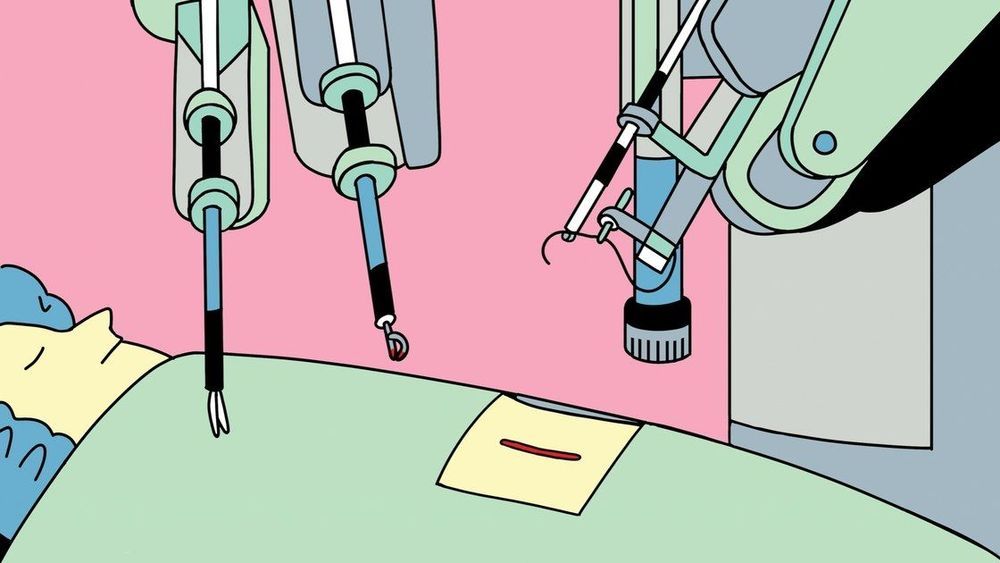Atoms experience a kind of rolling friction when they fly along a surface.



Researchers at Chalmers University of Technology, Sweden, disprove the prevailing theory of how DNA binds itself. It is not, as is generally believed, hydrogen bonds which bind together the two sides of the DNA structure. Instead, water is the key. The discovery opens doors for new understanding in research in medicine and life sciences. The researchers’ findings are presented in the journal PNAS.
DNA is constructed of two strands, consisting of sugar molecules and phosphate groups. Between these two strands are nitrogen bases, the compounds which make up organisms’ genes, with hydrogen bonds between them. Until now, it was commonly thought that those hydrogen bonds were what held the two strands together.
But now, researchers from Chalmers University of Technology show that the secret to DNA’s helical structure may be that the molecules have a hydrophobic interior, in an environment consisting mainly of water. The environment is therefore hydrophilic, while the DNA molecules’ nitrogen bases are hydrophobic, pushing away the surrounding water. When hydrophobic units are in a hydrophilic environment, they group together, to minimize their exposure to the water.

Roboethics wants to answer the question of who or what is going to be held responsible for the actions of the robotic creations of engineers and designers until robots become moral actors, if that ever happens.


Giving a new meaning to fast food.
🔎 Learn more about drone delivery: https://wef.ch/2qeKHag
What if you could see sounds? Apple’s AR Kit visualizes them in space: http://trib.al/sNus2a5

Jeff Bezos, the world’s richest man, is cutting health benefits for part-time workers at Whole Foods. The move will leave 1,900 people without health insurance.
The cuts don’t affect full-time employees, but will hurt those who work around 20 hours a week.
“I am in shock,” said one employee, according to Salon. “I’ve worked here 15 years. This is why I keep the job — because of my benefits.”

Thinking With X ~ David Orban
We are convinced, through the collective narrative leveraging our scientific understanding, that we think with our brains. While that is true, there is much more: some of us think with our stomach, an sculptor will think with her hands, a ballet dancer with her entire body. Our proprioception extends feedback loops outside of the body, extending what we are, how we think and decide, to to tips of an airplane we are piloting. As we are going to be more and more thinking with AI systems, that will support us in interpreting and acting on the world, the responsibility of user interaction designers is huge. They are shaping the systems that are going to shape what we are.